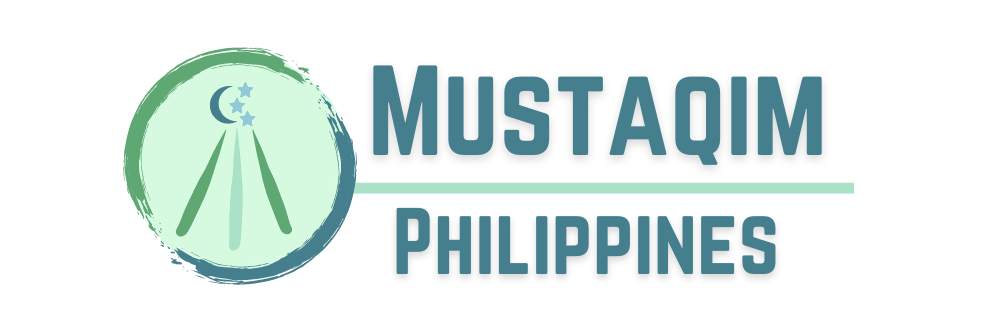The role of women in society is extraordinary. In different fields, they excel, they use their time to contribute to nation-building activities, family, and even in peace-building. The contribution of women and their skills are vital in every aspect of life. That is why terrorist groups also exploit women to advance their agenda and achieve their goals of spreading fear among the populace.
In relation to this, women are continuously being used by extremist groups, like the Maute-ISIS in Mindanao during the Marawi Siege and in some other terrorism-related activities such as financial and logistical support. This serves as a manifestation and eye-opener to the government that in these changing times, females take up essential roles in violent extremist environments which are mostly dominated by men. But the lack of data and research in relation to women’s involvement in violent extremism and their key roles becomes a burden for policy makers and PCVE initiators to have a wider view to the problem. To further the study in data and research about women’s involvement in extremism, Kiriloi M. Ingram of Lawfare blog published his research and findings in relation to this topic like the Islamic State’s propaganda to women, their recruitment, roles, and women empowerment as information guide to women’s role in extremism.
In Ingram’s findings on how propaganda propagates extremism to women, he highlighted the false portrayal of women used by ISIS to inculcate the “strategic logic” that can appeal to all genders for them to get an approval. The ISIS uses different archetypes to portray women based on their standard to be imitated like “supporters,” “fighters,” “corruptor,” “fighter,” and “victim.” ISIS also uses these archetypes to remodel women’s belief into their ideology, mixing it with alignment to the Quran to become more convincing to attract women to their ranks. With this scenario, women most likely become “fighters” or less fall into “supporters.” The archetypes used by ISIS are interchangeably depending on the needs and capability of their recruits.
In terms of recruitment, ISIS exploits the poverty, financial instability, and lack of education issues among its recruits. Highlighting these major problems may attract women to change their view and to join their ranks. For instance, local women are recruited as fighters by exploiting their capabilities in combat because they can focus longer and have steadier hands. On the other hand, ISIS promised PhP30,000.00 to 40,000.00 pesos to women if their children joined their ranks. Aside from these, women are also being used to recruit men, serve as a fundraiser to some terrorist organizations, and exploit their family members to join also.
About the involvement of women in extremist recruitment, they feel voiceless and powerless. This issue may have been a religious factor exploited by extremist groups to influence them about their capabilities to join in their cause. This somehow empowers women in wrong motivation (leading to terrorism) that they are able to do things and contribute to the society and to their terrorist organization which they belong after recruitment. Moreover, the weaknesses of women (voiceless and powerless) are the main target of terrorist groups using violence to divide them and not to raise up against them. This is somehow one of the factors why women do not speak up in the community when terrorist threat arises.
Overall, the studies of Ingram came up in bringing the “Four Pillars for Women Empowerment,” a capacity-building program, which served as solutions to women’s involvement in violent extremism. According to her, these are: access to workshops, presented in the vernacular, that provide them with an understanding of (a) trends in violent extremist propaganda and recruitment strategies targeting women, (b) broad principles for effective civil society P/CVE program design, and (c) the experiences of other women via case studies and opportunities to network and engage with other local women; Messaging and narrative-driven actions must promote alternative gender roles to the five female archetypes and use female-led actions synchronized with messaging (i.e., narrative-driven actions) to empower women in affected communities; Messaging must be designed to persuade the local audience, particularly those the programming is designed to target; and the establishment of grassroots women’s networks (organizations, groups, etc.).
In the end, the role of women is vital in peacebuilding and in deterring the threat of terrorism and extremism. With their inclusion in PCVE programs and by empowering them, they can impart more in decision making, peace talks, and even in preventing and countering violent extremism programs that can help our nations and the world.
